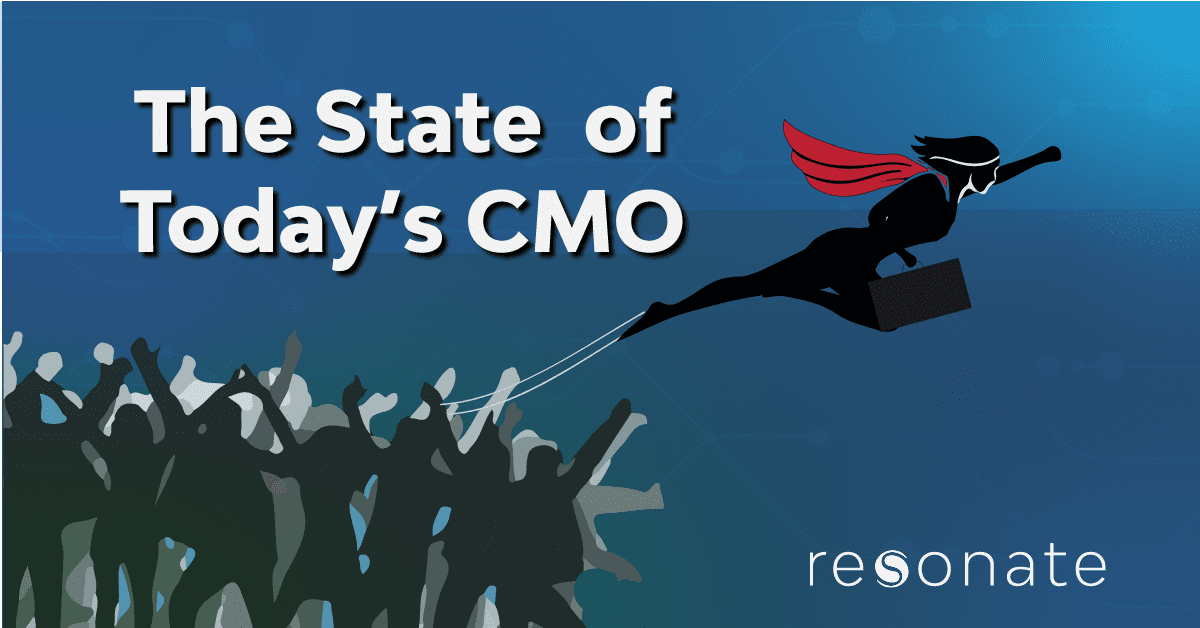In the last 10 years, almost every industry has been digitally disrupted by new technologies, new sources and applications of data and new consumer behaviors.
The marketing department has been at the center of this disruption—the place where its first and most severe effects have been felt. This has resulted in the marketing organization stretching into many new areas and contracted from others.
At the same time, the marketer’s role has changed and increased in complexity. We are still marketers and strategists, both creative and scientific, but we’re now also technologists, data scientists and revenue managers.
These dramatic shifts in responsibility have us questioning if the role of the chief marketing officer is going extinct. That couldn’t be further from the truth. Despite the emergence of new C-suite titles—chief growth officers, chief digital officers, chief data officers—the role of the CMO is alive and well and expanding.
The organizational shift required by companies brings several new responsibilities, and it’s the CMO who is absorbing the lion’s share of these roles, from data science to revenue management. There’s good reason for that, given the historical experiences of CMOs and the sea change facing business today.
Click here to read more on the changing role of the CMO.
This article was originally published in The Drum.



